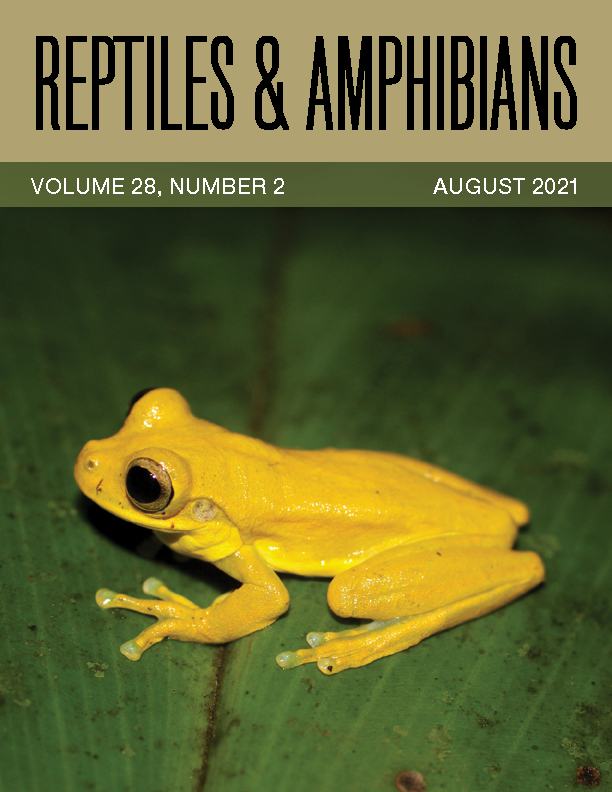Save The King: Human-King Cobra, Ophiophagus hannah (Cantor 1836), conflicts and the need for conservation strategies in Nepal
DOI:
https://doi.org/10.17161/randa.v28i2.15596Keywords:
King Cobra, Longest Venomous Snake, Conservation Education, Mortalities, Habitat lossAbstract
Abstract.—Snake research tends to have a low priority in Nepal and very little information, mostly confined to populations
in small areas, addresses the biology and threats to the King Cobra (Ophiophagus hannah). Herein we provide
data that could facilitate an assessment of the species’ status in Nepal and begin to address its conservation needs.
We recorded data on King Cobras from 2015–2020, crosschecking with previous studies to avoid any duplication
of records. A King Cobra from Siddhara, Arghakhachi District, was the first record of the species in the district. We
recorded a total of 50 King Cobra mortalities from 20 districts, with most of them killed near human settlements
adjacent to forested areas. We mapped the locations of all mortalities and recorded land-use changes within a 500-m
buffer around each site over a 30-year period (1990–2020), revealing extensive landscape fragmentation in previously
connected natural areas. Our data suggest that the major threats to King Cobras are deliberate killing by humans and
large-scale habitat loss due to an increasing human population. We recommend increased research to better understand
the biology of this charismatic species and continued conservation education and community outreach programs to
facilitate the development of effective conservation strategies.
Downloads
Published
Issue
Section
License
Copyright (c) 2021 Kamal Devkota; Bishnu Maharjan, Dev Narayan Mandal, Rohit Giri, Matt Goode (Author)

This work is licensed under a Creative Commons Attribution-NonCommercial 4.0 International License.
Copyright is held by the authors. Articles in R&A are made available under a Creative Commons Attribution-NonCommercial 4.0 International license.

